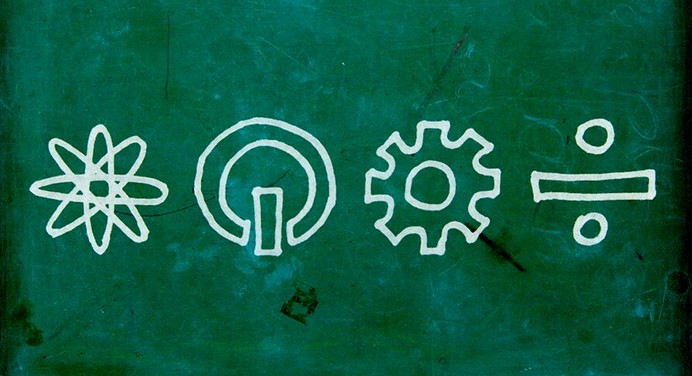STEM education refers to a method of learning focused on four disciplines - Science, Technology, Engineering, and Mathematics. You may have heard about it if you have been keeping up with news in the education sector over the past decade. A great deal of importance has been given to STEM fields and STEM education in India ever since we won Independence but the recent focus on STEM education has been more about the skills it imparts onto students rather than the subjects themselves. These skills include, but are not limited to, critical and analytical thinking, and problem-solving. In short, the recent focus of STEM education encourages students to think in a scientific manner which is useful not only in the field of Science and Technology but in most aspects of life as well.
What's the state of STEM education in India?
We have a comparatively good ratio of the workforce employed in STEM fields and are well represented in Big Tech. This provides the image of high-quality STEM education in India, but it can be deceiving as there remains immense room for improvement. For one, our approach to STEM, where we prioritise students learning the various methods of problem-solving (in say, trigonometry) rather than focusing on a strong conceptual understanding of the subject and teaching general guidelines that may help understand the solution, is outdated. One only needs to look at how 10th and 12th graders prepare for board examinations to see this problem. Question papers from previous years are taken up by teachers and students, and the solutions to even HOTS (High-Order Thinking Skills) questions contained in them are taught by rote memorisation rather than by creating a conceptual understanding of how to approach the questions and arrive at an answer. If that's not indicative of what is being referred to, one can just look at the working of JEE coaching centres and understand the crux of the argument. Practising problems is undoubtedly important in learning Science and Math, but in not letting students engage with the problems, we take away their chance to hone their ingenuity and analytical skills - which are crucial aspects of STEM education.
Another major problem that exists concerning STEM education in India is the lack of infrastructure and resources required for apt methods of teaching. In schools, curiosity for technology can be fostered better when students can program and see the movement of robots through kits rather than read how they work in books. For undergraduate and graduate courses, this requirement is more urgent as research is of paramount importance in science education at higher levels. The research internships offered in a handful of premier tech institutes like the IITs are extremely hard to get and barely scratch the surface in terms of fulfilling the overall demand. Research integrated courses are a few, if not non-existent. Adding to this is the fact that the majority of STEM courses follow severely outdated curricula that are incapable of fulfilling industry expectations. STEM jobs require a lot of innovation and sound problem-solving skills to approach novel problems and the aforementioned issues hamper the development of these skills. This makes it extremely difficult for the increasing amount of STEM graduates to find a job in their respective fields.
The reason for subjects like Physics and Math being dreaded by students can be traced to the ill-suited pedagogical methods employed by science educators that strip science of its wonder. A method of teaching that focuses on an intuitive understanding of concepts, facilitated by good infrastructure and resources, can make the study of STEM subjects more enjoyable and add to the holistic education of the students. Equipped with the skills imparted by STEM education, students will be able to tackle the challenges of their jobs (be it in STEM or otherwise) and deal with other problems the world throws at them.
